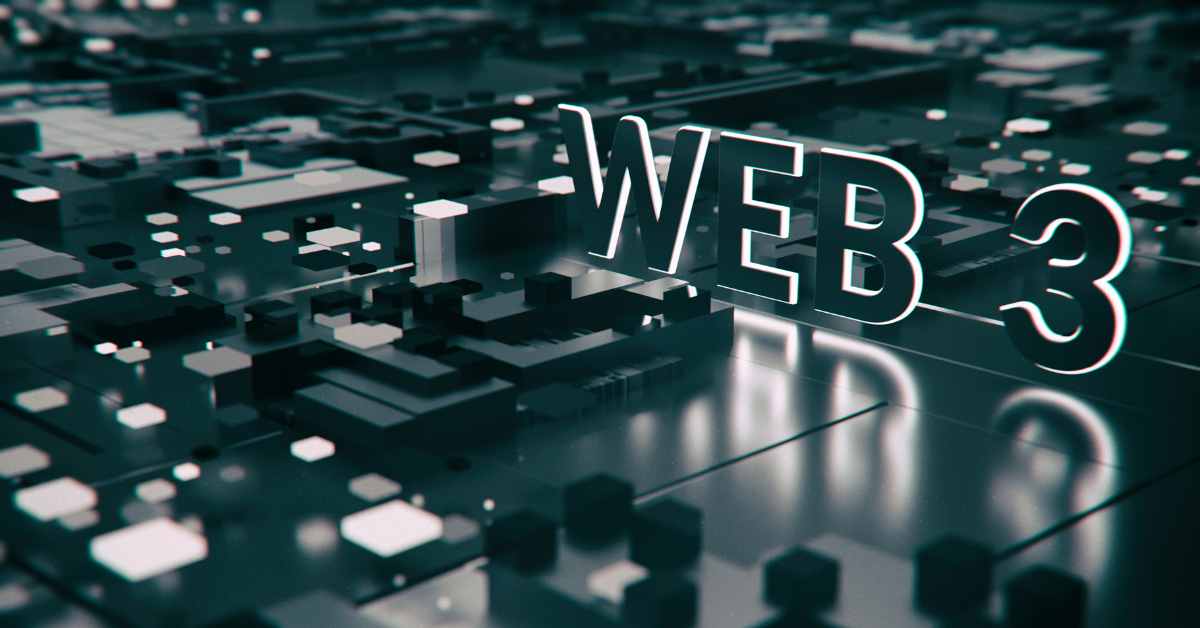What Is Web 3.0 (Web3) – A Comprehensive Guide
Since the Internet came into our lives in the 90s, the HTTP protocol has changed. One can speak of generations in the web world: web 1.0, web 2.0 (which would be the one currently operating), and the next Web 3.0. What will this Web 3.0 be like, how will it differ from the current one, and how does it affect us?
The other two web generations
Web 1.0
Web 1.0 was the first state of the World Wide Web. It was a lot like traditional media: you could only read and search content on it, but you couldn’t upload content if you were a common user, let alone interact. It was unidirectional and, seen with today’s eyes, quite primitive.
Web 2.0
It is what we know as the social web; in fact, it is the web in which we move today. They are websites (the vast majority today) that provide information, interact with users, and allow content to be uploaded.
Therefore, we are before a web model in which the users are at the center and not the information. A standard user can upload content and be part of communities. Among them are the different applications, social networks, video hosting platforms, and encyclopedias such as Wikipedia, blogs, etc.
Web 3.0 Technology – It’s Features
Web 3.0 is not yet implemented with nuances, of course. There are already some brushstrokes of what is to come, as we will see. But first of all, what exactly is this web 3.0? Well, it is the next generation of Internet services, where all the data will be interconnected and where the machines will also be able to interact. In short, it will be a huge database that can be easily accessed.
Artificial intelligence
The arrival of this new computer system, which imitates human intelligence, will be one of the keys to understanding the upcoming Web 3.0. In fact, we already see part of this new web in the Internet of Things, with systems such as home automation, Siri, Alexa, etc., which combine artificial intelligence and voice recognition.
Big data
As mentioned before, web 3.0 aspires to be a huge database of which big data is an essential part of its construction. However, privacy and security issues invite caution until a system is consolidated to resolve this.
Blockchain-based
Although we tend to associate the blockchain with cryptocurrencies, it covers many more fields: cloud storage, digital identity, supply chains. In short, it is a system that, in principle, invites transparency in certain processes and seems to generate much interest beyond purely economic issues.
Open to the metaverse
The metaverse, that hybrid between the real and the virtual, will require another web model, that is, web 3.0. In fact, web 3.0 and the metaverse have become so closely linked that some confuse the two terms.
Safer and more reliable
This is another of the objectives pursued with Web 3.0: to make it safer, to navigate faster, to be more reliable, and for the user to have more control over it.

